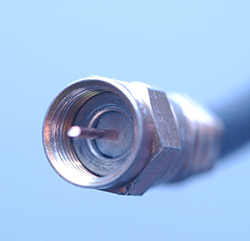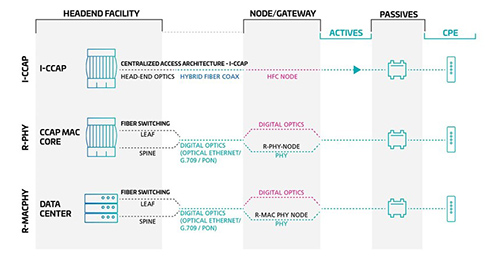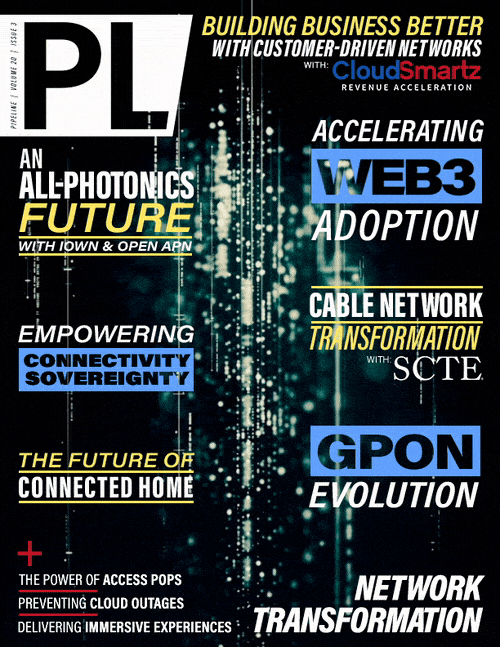Cable Network Transformation Focused
on Exceeding Customer Expectations
By: Chris Bastian
 Our industry is in a period of intensive change, not just technological, but also from the customers’ experience. Since the inception of broadband service over cable, the charge has been for higher
and higher speeds. Today, the customer expects much more: higher speeds, yes, but also high reliability, tight security, and low latency. These are the pillars of the 10G Network. Operators have a
variety of tools at their disposal as they build out next-generation networks. As the HFC network is being readied for the launch of DOCSIS® 4.0 services, some of these tools are the distributed
access architecture, band splits, smart amplifiers, and Artificial Intelligence.
Our industry is in a period of intensive change, not just technological, but also from the customers’ experience. Since the inception of broadband service over cable, the charge has been for higher
and higher speeds. Today, the customer expects much more: higher speeds, yes, but also high reliability, tight security, and low latency. These are the pillars of the 10G Network. Operators have a
variety of tools at their disposal as they build out next-generation networks. As the HFC network is being readied for the launch of DOCSIS® 4.0 services, some of these tools are the distributed
access architecture, band splits, smart amplifiers, and Artificial Intelligence.
Coming out of Cable Tec Expo
Network Transformation took center stage at this year’s Cable Tec Expo, held October 16th to 19th in Denver, Colorado. One hundred two peer-reviewed papers were presented, covering transformational themes such as “Data Driven: Optimizing and Running HFC and Fiber Networks, End to End," “Know Before You Go: Everything You Need to Know About Moving to the Cloud," and “Spectrum Horizons: Navigating the Future of Connectivity and Communication.” All Expo papers and slide materials, not just from Expo 2023 but also from Expos dating back to 2013, are available for download at www.scte.org/expo-papers/search.

Figure 1: Comparison of integrated, pre-DAA, Remote PHY, and Remote MACPHY Source: CommScope
Network Transformation
According to Merriam-Webster, ”transform” means to “make a thorough or dramatic change in the form, appearance, or character.” This characterizes what is happening today with cable networks. Networks are constantly evolving to support increasing customer expectations. Cable operators have many “tools in their toolkit” to evolve and transform networks, and this article will cover four of them. Other tools will be covered in later articles.
Technology Advancements Benefiting the Network
1. Distributed Access Architecture
The Distributed Access Architecture (DAA) is specified by CableLabs® and has been widely adopted by the cable industry. Multiple vendors are selling DAA equipment, and multiple operators have deployed it at scale in their access networks. We like to refer to this by saying the technology has a healthy ecosystem. DAA moves network functionality out of the hub sites and closer to the subscribers (See Figures 1 and 2 on next page), resulting in several benefits:
- Reducing space, power, and HVAC demand in the hub sites.
- Moving the physical (PHY) layer closer to the home results in better network performance – higher signal-to-noise ratio, higher modulation, more peak capacity, and higher speed service tiers.
- Moving the PHY layer closer to the home can result in lower latency, especially important for applications such as gaming.



















